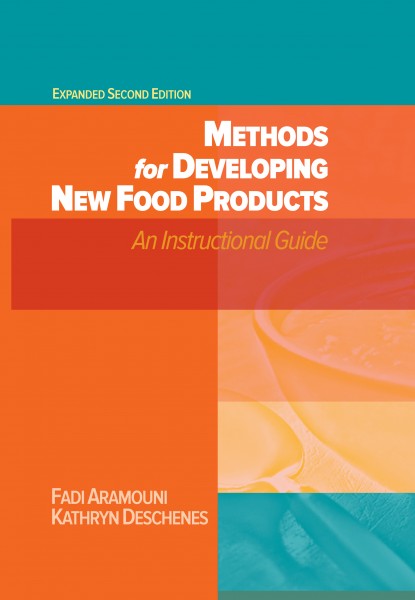Product Details
• Updated and expanded with new materials and chapter, guidance documents, Food Safety Modernization Act (FSMA) requirements, FDA labeling, calculations and more
• Practical information for product development personnel on ideation sessions, reverse engineering, test panels, cost analysis–from concept to store shelf
• Connects marketing, concepts, prototyping, processing, and regulation
• Designed for university courses and company training
This text is an enlarged and fully revised edition of a widely used guide that explains industry-standard techniques for introducing new, cost-effective, and legally compliant food products. The contents cover all facets of product development from market research to packaging, labeling, shelf-life, and distribution. (See the full contents below.) The book offers tools for market and break-even analysis, as well as extensive chapters on how food ingredients/additives are assessed and foods are processed, placing product development in the context of chemistry, microbiology and food engineering. Organizational, technical, legal, and cost factors are explained in ways that can be applied by development teams. The second edition has been updated in terms of the Food Safety Modernization Act and adds a chapter on pet food. New in this edition are sections on innovation software, emerging food pathogens, the Food Safety Plan, FDA information on labeling and additives, as well as Certificates of Analysis and Letters of Guarantee. Review questions are provided at the end of each chapter.
From the authors’ Preface to the Second Edition:
“Food product development is a continuously evolving area, which has to reflect market trends, consumer preferences, and, perhaps most importantly, current food laws and regulations. Following publication of the first edition of this book, two key pieces of Federal legislation were issued dealing with food safety and food labeling, namely, the Food Safety Modernization Act (FSMA) and the Nutrition Facts labeling requirements, of which both led to new FDA regulations that are part of the second edition. We took this opportunity to include new information as well as review all of the book’s content and make corrections and additions based on recommendations of colleagues and students who used the first edition.”
